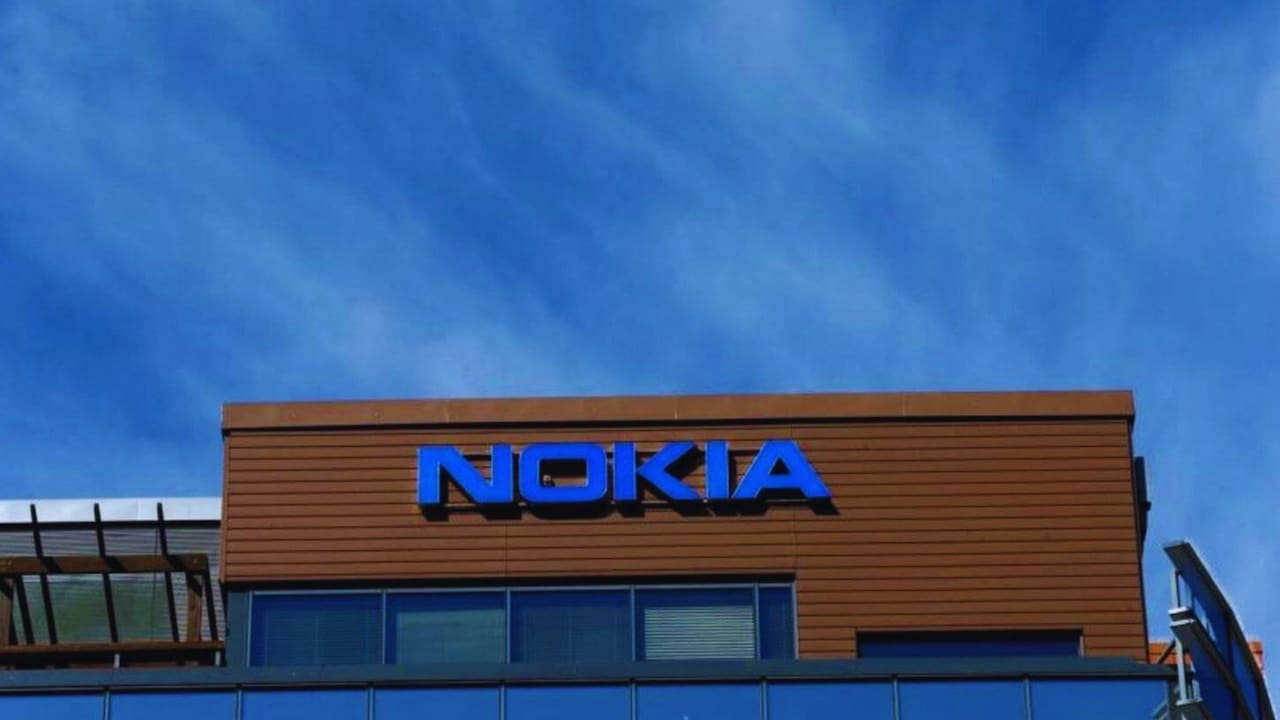Nokia Signals Turnaround: Q3 Results Show Promise Amidst Industry Shifts
Surprisingly, Finnish telecom giant Nokia has joined its rival Ericsson in identifying signs of recovery in the turbulent telecom equipment market.
As a seasoned reporter covering the tech sector, I’ve observed numerous ups and downs in this industry, yet Nokia’s latest financial report presents a picture of resilience and cautious optimism.
Let’s break down the numbers and what they mean for the future of telecom.
The Good News: Profits Up, Cost-Cutting Pays Off
Nokia’s third-quarter results brought a welcome surprise: a 9% jump in operating profit. The company’s aggressive cost-cutting measures largely contributed to this boost, demonstrating that sometimes making sacrifices can lead to significant financial gains. The comparable earnings before interest and tax hit 454 million euros, surpassing analyst expectations of 424 million euros.
The Not-So-Good News: Sales Stumble
However, it wasn’t all smooth sailing. Nokia’s quarterly net sales took a hit, dropping 8% to 4.33 billion euros. This fell short of the 4.76 billion euros analysts had predicted. The main culprit? There has been a notable decrease in sales to India, a crucial market for telecom equipment. This news sent Nokia’s shares tumbling 3% in early trading.
North America: A Ray of Hope
Both Nokia and its Swedish rival Ericsson have spotted signs of life in the North American market. After years of sluggish performance, the region is showing the first glimmers of growth. However, Nokia’s CEO, Pekka Lundmark, was quick to temper expectations:
“We’ve seen a really bad cycle,” Lundmark said in an interview. “Now that decline is over, it’s starting to gradually recover, which is good, but it (telecom) will never be a huge growth market.”
Lundmark also noted that the recovery is happening more slowly than initially hoped. Still, he pointed out strong growth in network infrastructure in North America during Q3, a positive sign for the company’s future in the region.
The Big Picture: Nokia’s Market Position
To put things in perspective, Nokia’s total addressable market in telecom stands at a whopping $84 billion. Nokia is determined to secure a larger share of this substantial market.
However, the company has faced setbacks in recent years, particularly in North America. Nokia’s market share in the region has shrunk after losing key contracts with major players like Verizon and AT&T. This highlights the fierce competition in the telecom equipment sector and the need for constant innovation to stay ahead.
Looking Beyond Telecom: Nokia’s Growth Strategy
Nokia is expanding its reach by acknowledging the constraints of the traditional telecom market. The company is now targeting the data center and defense sectors, areas with significant growth potential.
In a bold move, Nokia splashed out $2.3 billion in June to acquire Infinera, a US-based optical networking gear maker. This acquisition is part of Nokia’s strategy to woo data center operators, a market segment that’s booming in our increasingly digital world.
“That’s where the growth will come from, and that growth is starting already,” Lundmark said, highlighting the company’s optimism about this new direction.
India: A Comeback Story in the Making?
While India was a drag on this quarter’s results, Nokia sees brighter days ahead in this crucial market. Recently, the company secured a significant contract with Vodafone Idea and anticipates securing another with Bharti Airtel. These deals could signal a turnaround in Nokia’s fortunes in the subcontinent.
Lundmark confidently stated, “India will return to growth next year,” indicating that the current slump might be temporary.
The Road Ahead: Cautious Optimism
Despite the mixed results, Nokia is standing firm on its full-year profit outlook of 2.3 billion to 2.9 billion euros. However, the company did add a note of caution, saying it’s currently tracking within the bottom half of that range.
This tempered optimism reflects the broader state of the telecom equipment industry. While there are signs of recovery, challenges remain. Companies like Nokia remain vigilant due to global economic uncertainty, ongoing supply chain issues, and the constant need for technological innovation.
What This Means for the Industry
Nokia’s results, when viewed alongside those of its competitors, offer a snapshot of an industry in flux. The traditional telecom equipment market is no longer the growth engine it once was, forcing companies to diversify and seek new opportunities.
The push into data centers and defense sectors shows that the lines between different tech industries are blurring. Companies that can adapt and find synergies across these sectors may be best positioned for future success.
Moreover, the regional variations in performance highlight the importance of a global strategy. While North America shows signs of recovery, other markets like India are more volatile. Successful companies will need to be agile, adapting their approach to the unique challenges and opportunities in each region.
As we look to the future, it’s clear that the telecom equipment industry is at a crossroads. The next few years will likely determine which companies can successfully navigate this changing landscape and which might fall behind. For now, Nokia appears to be navigating through these turbulent waters, but it remains to be seen if its strategy will result in a smooth journey ahead.
Table of Contents
